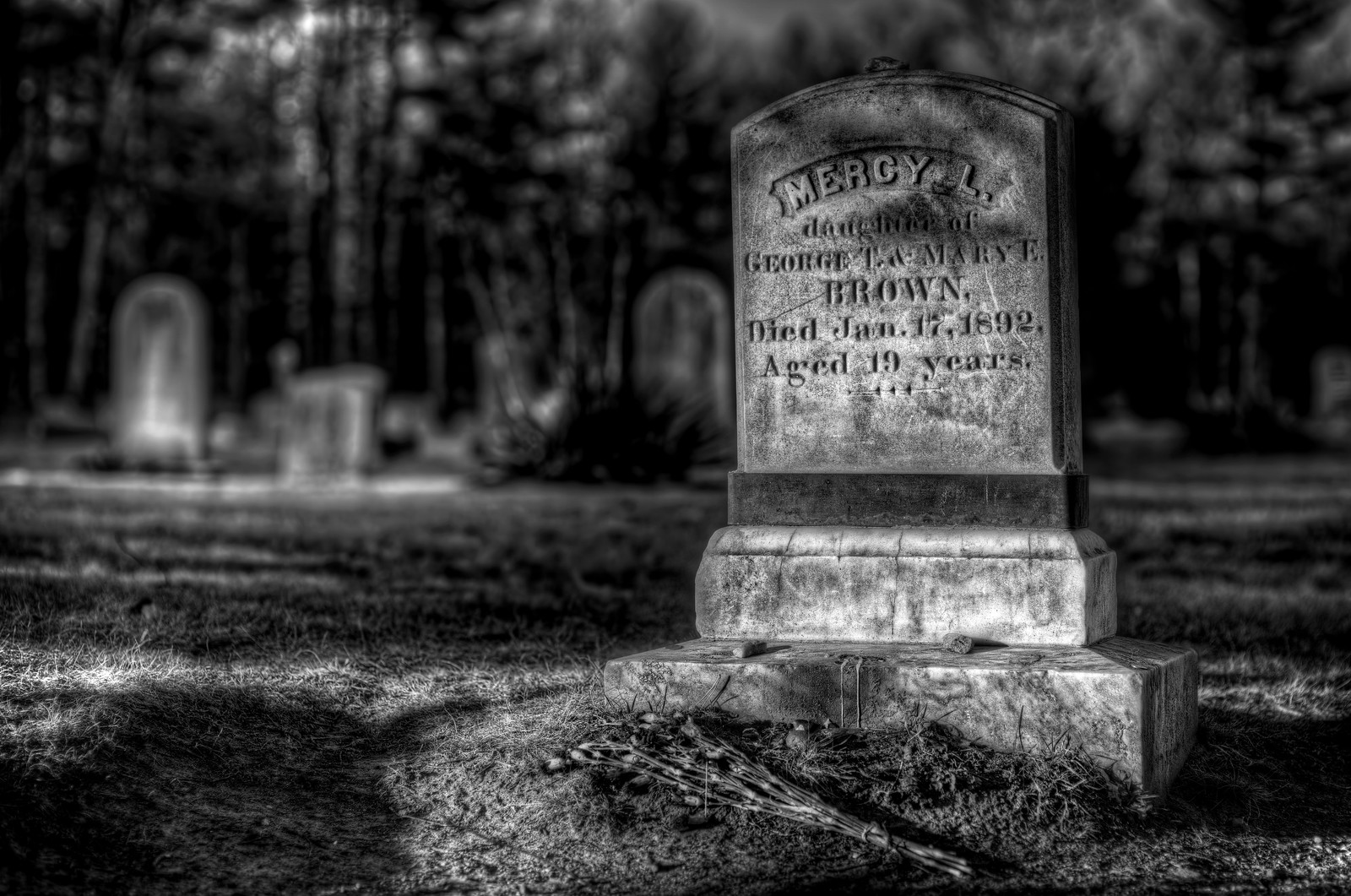The Melancholic Majesty of The Smiths: An In-Depth Exploration of Their Music, Legacy, and Influence
Emerging from the industrial shadows of Manchester in the early 1980s, The Smiths carved a niche in the annals of alternative rock with their poignant melodies and introspective lyrics. Their music, characterized by Johnny Marr’s jangly guitar riffs and Morrissey’s melancholic vocals, resonated deeply with a generation seeking solace in sound. We delve into the band’s formation, discography, the enigmatic origin of their name, their genre classification, the dynamics that led to their dissolution, and the enduring legacy they left behind.
Formation and Early Years
In 1982, Manchester witnessed the birth of a musical collaboration that would redefine the contours of indie rock. Steven Patrick Morrissey, a reclusive bibliophile with a penchant for Oscar Wilde, joined forces with Johnny Marr, a budding guitar virtuoso inspired by the likes of James Honeyman-Scott and Bert Jansch. Their partnership was serendipitous; Marr’s intricate guitar work provided the perfect canvas for Morrissey’s lyrical introspections. The lineup was soon solidified with the inclusion of bassist Andy Rourke and drummer Mike Joyce, both of whom added depth and rhythm to the band’s evolving sound.
The Significance Behind “The Smiths”
In an era where bands often opted for flamboyant and elaborate names, Morrissey and Marr chose the moniker “The Smiths” to reflect a sense of ordinariness and universality. Morrissey once remarked that they selected the name because it was the most ordinary they could think of, symbolizing a break from the pretentiousness that pervaded the music scene. This choice underscored their desire to represent the common individual, grounding their music in relatable themes and experiences.
Musical Style and Genre Classification
The Smiths are often heralded as pioneers of indie pop and alternative rock. Their sound was a departure from the synth-heavy tracks dominating the early ’80s, favoring instead a blend of 1960s rock sensibilities and post-punk influences. Marr’s signature guitar jangle, combined with Morrissey’s crooning vocals, created a soundscape that was both nostalgic and novel. While some classify them under jangle pop or post-punk, their music transcends singular genre labels, embodying elements of rockabilly, new wave, and even dream pop in certain tracks.
Discography: A Journey Through Their Albums
- The Smiths (1984) – Their eponymous debut album introduced the world to The Smiths’ distinctive sound. Tracks like “Reel Around the Fountain” and “Hand in Glove” showcased their ability to weave intricate narratives around everyday experiences. The album’s raw production and emotive lyrics set the tone for their subsequent releases.
- Meat Is Murder (1985) – A more politically charged endeavor, this album saw the band tackling issues like animal rights in the titular track “Meat Is Murder.” Songs such as “The Headmaster Ritual” and “That Joke Isn’t Funny Anymore” further highlighted their versatility, blending social commentary with personal anecdotes.
- The Queen Is Dead (1986) – Widely regarded as their magnum opus, this album encapsulated The Smiths at their creative zenith. From the sardonic wit of “Bigmouth Strikes Again” to the haunting beauty of “There Is a Light That Never Goes Out,” the album traversed a spectrum of emotions, solidifying their place in musical history.
- Strangeways, Here We Come (1987) – Their final studio album before disbanding, it carried a more polished production. Tracks like “I Started Something I Couldn’t Finish” and “Last Night I Dreamt That Somebody Loved Me” hinted at the band’s internal tensions while still delivering their signature melancholic sound.
The Dissolution: Why Did The Smiths Part Ways?
Despite their meteoric rise, internal discord plagued the band. Creative differences between Morrissey and Marr became increasingly pronounced, with disagreements over musical direction and external collaborations. Marr’s desire to explore diverse musical landscapes clashed with Morrissey’s vision, leading to an irreparable rift. In August 1987, Marr departed, marking the end of The Smiths. Subsequent attempts to continue with new members were short-lived, and the band officially disbanded shortly thereafter.
Post-Smiths: The Members’ Subsequent Endeavors
- Morrissey – Embarking on a solo career, Morrissey continued to captivate audiences with his distinctive voice and lyrical prowess. Albums like “Viva Hate” and “You Are the Quarry” received critical acclaim, further cementing his status as an influential artist.
- Johnny Marr – Marr’s musical journey saw him collaborating with various artists and bands, including Electronic (with Bernard Sumner of New Order) and Modest Mouse. His solo ventures also garnered praise, showcasing his adaptability and enduring talent.
- Andy Rourke and Mike Joyce – Post-Smiths, Rourke and Joyce engaged in various musical projects. Rourke collaborated with artists like Sinéad O’Connor and co-founded the band Freebass. Joyce became a sought-after session drummer, working with a range of musicians across genres.
Legacy and Influence
The Smiths’ impact on the music industry is immeasurable. Their introspective lyrics and innovative sound paved the way for countless indie and alternative bands. Artists like Radiohead, Oasis, and The Stone Roses have cited The Smiths as a significant influence on their music. Despite their brief existence, the band’s exploration of themes like alienation, love, and societal norms continues to resonate with listeners, ensuring their place in the pantheon of musical greats.
The Smiths, with their melancholic melodies and poignant prose, encapsulated the complexities of human emotion. Their music, a tapestry woven with threads of joy, sorrow, and introspection, remains timeless. While their journey was fleeting, the echoes of their artistry endure, touching the hearts of listeners across generations.






Bonita
Pretty great post. I simply stumbled upon your weblog and wanted to say that I have really loved
surfing around your weblog posts. In any case I will be subscribing for your rss feed and I am
hoping you write again very soon!